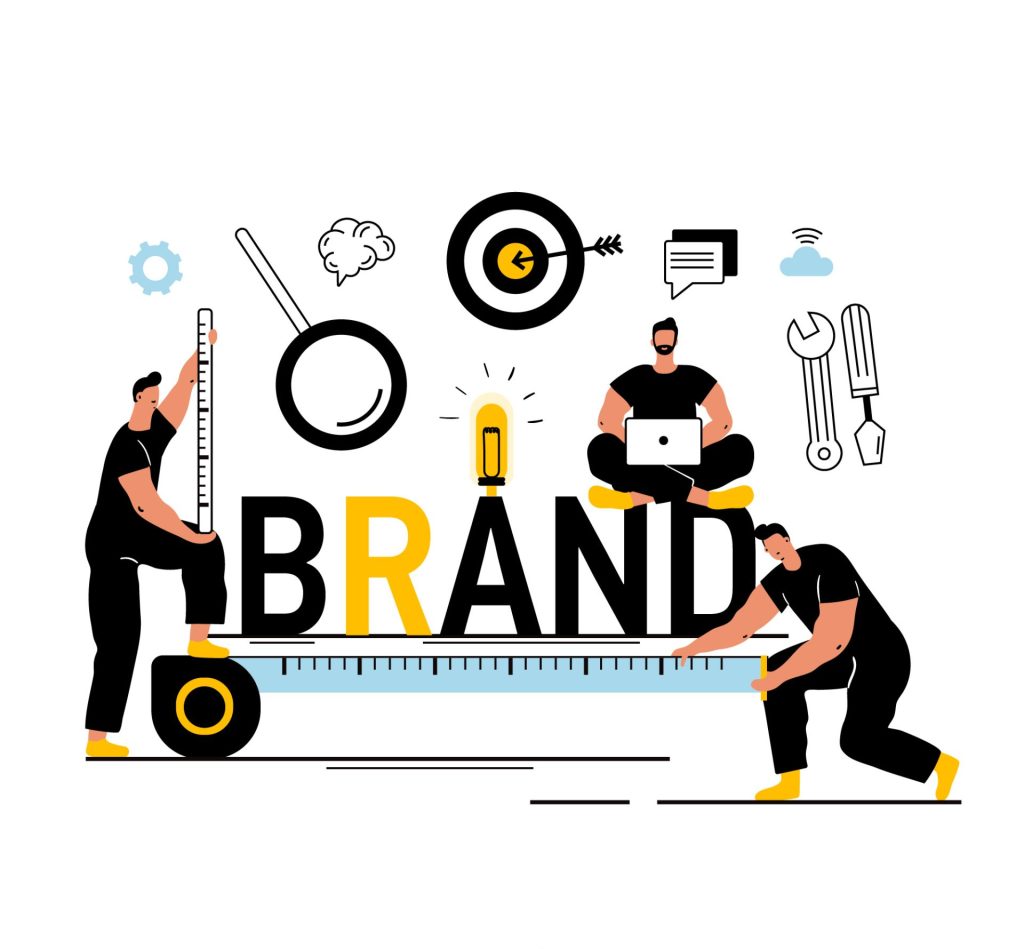Introduction to Branding Tools
In the fast-paced world of marketing, staying ahead of the curve is paramount. With the digital landscape constantly evolving, marketers need to arm themselves with the most effective tools to bolster their branding efforts. Branding tools are the secret weapons in a marketer’s arsenal, helping businesses stand out in a crowded digital landscape. Let’s dive into the world of branding tools, their evolution, and how to choose the best ones for your marketing needs.
Understanding the Importance of Branding Tools
Branding tools serve as the backbone of any marketing strategy. They empower marketers to create cohesive brand identities, engage with their audience effectively, and ultimately drive business growth.
Evolution of Branding Tools in the Digital Age
The digital age has revolutionized the way brands approach branding. From traditional methods to cutting-edge digital solutions, the evolution of branding tools has enabled marketers to reach new heights of creativity and efficiency.
Criteria for Selecting the Best Branding Tools
With a myriad of branding tools available, it’s essential to have clear criteria for selection. Factors such as usability, features, integration capabilities, and cost-effectiveness play a crucial role in determining the best tools for marketers.
Design Tools for Branding
Design plays a pivotal role in shaping brand identity and perception. These tools simplify the design process, allowing marketers to create visually stunning assets with ease.

Canva: Simplifying Graphic Design for Branding
Ever felt like a design dunce? Canva is here to save the day! With its easy drag-and-drop interface, canva has emerged as a game-changer for marketers, offering a user-friendly platform to design everything from social media graphics to presentations. With its vast library of templates and intuitive interface, Canva streamlines the graphic design process for brands of all sizes.
Adobe Creative Cloud: Professional Design Software for Branding
Feeling fancy? Adobe Creative Cloud Adobe has all the professional design software you need to make your brand shine brighter than a disco ball, providing access to industry-leading software such as Photoshop, Illustrator, and InDesign. From intricate illustrations to polished multimedia presentations, Adobe Creative Cloud offers unparalleled versatility and quality.
Figma: Collaborative Design Tool for Branding Projects
Collaboration is key, and Figma knows it. Figma has gained traction as a collaborative design tool, allowing multiple team members to work on projects simultaneously. Its cloud-based platform facilitates seamless collaboration and iteration, making it an invaluable asset for branding teams.
Social Media Tools for Branding
Social media has become a cornerstone of modern branding strategies, offering unparalleled reach and engagement opportunities. These tools streamline social media management and optimization, empowering marketers to maximize their impact.

Hootsuite: Managing Social Media Campaigns Effectively
Managing social media campaigns can be a circus act, but Hootsuite is the ringmaster you need to keep everything in line. Hootsuite remains a go-to platform for managing social media campaigns across multiple channels. Its comprehensive suite of features, including scheduling, monitoring, and analytics, simplifies the complexities of social media management for marketers.
Buffer: Scheduling and Analyzing Social Media Content
Need to schedule posts like a social media ninja? Buffer’s got your back, analyzing content performance and keeping your brand on track. Buffer excels in simplifying the process of scheduling and analyzing social media content. Its intuitive interface and robust analytics empower marketers to optimize their social media strategy and maximize engagement with their audience.
Sprout Social: Integrating Analytics with Social Media Strategy
Who says you can’t mix analytics with your social media strategy? Sprout Social is here to prove them wrong, Sprout Social stands out for its robust analytics capabilities, allowing marketers to gain deep insights into their social media performance. By seamlessly integrating analytics with social media strategy, Sprout Social enables marketers to make data-driven decisions and drive tangible results.
Content Creation Tools for Branding
Compelling content lies at the heart of successful branding efforts. These tools facilitate content creation and optimization, ensuring brands deliver impactful messaging to their audience.

Grammarly: Enhancing Brand Communication with Proper Grammar
Punctuation problems? Grammarly is the grammar superhero swooping in to save your brand’s communication from embarrassing mishaps. Grammarly has become synonymous with impeccable grammar and writing style. Its AI-powered platform helps marketers ensure their content is free of grammatical errors and resonates with their target audience, thereby enhancing brand communication.
SEMrush: SEO and Content Marketing Tool for Branding
SEO woes keeping you up at night? SEMrush is the knight in shining armor, helping you conquer the content marketing battlefield. SEMrush offers a comprehensive suite of SEO and content marketing tools, empowering marketers to enhance their online visibility and drive organic traffic. From keyword research to competitor analysis, SEMrush equips brands with the insights they need to craft compelling content that resonates with their audience.
BuzzSumo: Finding Trending Content Ideas for Branding Campaigns
Need content ideas hotter than a jalapeño? BuzzSumo is the spicy tool that serves up trending content ideas on a silver platter. BuzzSumo simplifies the process of finding trending content ideas and identifying influencers in various niches. By leveraging real-time data and insights, BuzzSumo enables marketers to stay ahead of the curve and create content that captivates their audience’s attention.
Brand Monitoring Tools
Maintaining a strong brand reputation is paramount in today’s competitive landscape. These tools help marketers monitor brand mentions and sentiment across the web, enabling proactive reputation management.

Brandwatch: Tracking Brand Mentions across the Web
Ever feel like someone’s talking about you behind your back? Brandwatch tracks brand mentions across the web, so you’re never out of the loop. Brandwatch provides marketers with real-time insights into brand mentions and conversations happening across the web. Its powerful analytics tools enable brands to monitor sentiment, identify trends, and engage with their audience effectively.
Mention: Monitoring Brand Reputation in Real-Time
Real-time brand reputation monitoring? Mention it and it shall appear! Keep your finger on the pulse of your brand’s online reputation with this handy tool. Mention offers real-time monitoring of brand mentions across various online channels, including social media, news sites, and forums. By staying vigilant and proactive, marketers can address any issues promptly and safeguard their brand reputation.
Google Alerts: Staying Updated on Brand Mentions and Keywords
What’s that sound? It’s Google Alerts keeping you updated on brand mentions and keywords like your personal digital sidekick. Google Alerts remains a simple yet effective tool for monitoring brand mentions and relevant keywords. By setting up custom alerts, marketers can stay informed about any online activity related to their brand and take timely action when necessary.
feeling overwhelm with all these tools and need who will manage your social media, reach out to us today and we will be happy to help
Conclusion
In the marketing world, leveraging the right tools can make all the difference in achieving branding success. From design and social media management to content creation and brand monitoring, the top 10 branding tools outlined in this post equip marketers with the resources they need to thrive in 2024 and beyond. By embracing innovation and harnessing the power of these tools, brands can forge deeper connections with their audience, drive engagement, and ultimately propel their business forward in the digital age. Remember, when it comes to branding tools, the more the merrier! Get creative, experiment, and watch your brand soar to new heights in 2024.
Feel free to tell us what you think about these tools in the comment section below, and if you have any tool in mind i will be happy if you tell me in the comment







